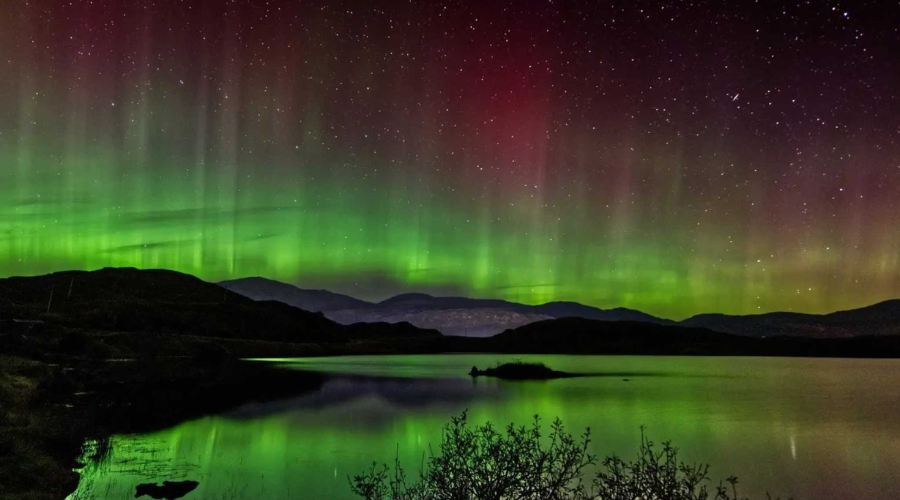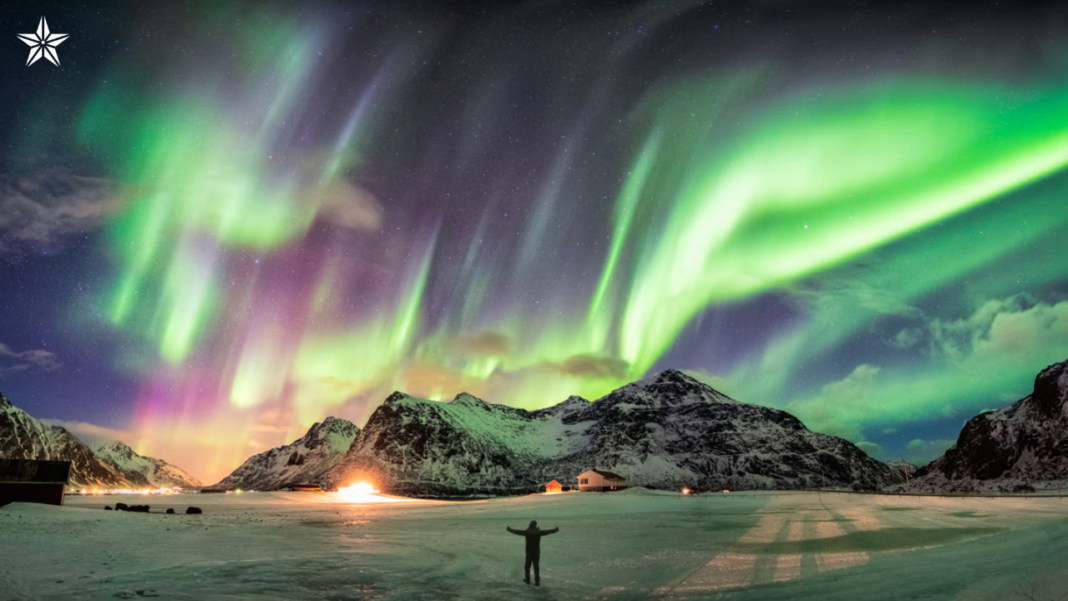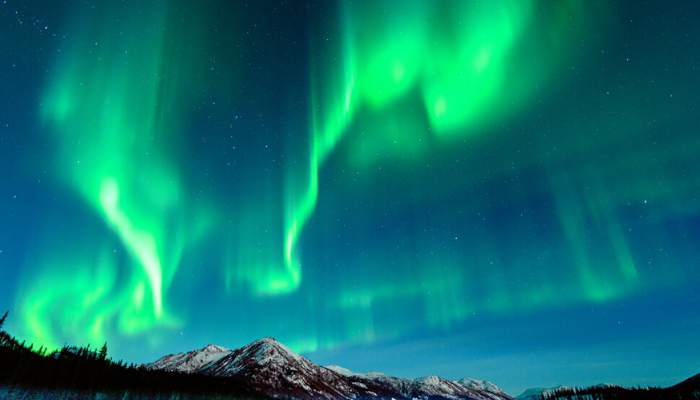The brilliance and beauty of the Northern Lights, or Aurora Borealis, performing a nightly dance silently in the night sky, are dreams we love to entertain. For Scotland in particular, there is a heightened expectation that 2024 has the potential to herald the most magnificent display in over a decade.
Let’s dive right into how likely are you to see the Northern Lights in the Scottish Highlands. We will review the forecasts for sightings, and circumstances that might boost your chances, and we may even touch apps that could enhance Aurora-hunting experience.
Call it a mystical punctuation mark in your daily life, that surreal experience that froze you in your tracks and drained obsessive thoughts from your mind and, for a fleeting second there but you, your surroundings, and that moment. And, no, we do not mean those bliss-filled moments when you find someone else in the house has done the dishwasher, your teenager laughs at your favorite joke, and you discover one more season of that box set you want to finish before you give it up, or the road is clear the day you are running late.
Can You See the Northern Lights in Scotland Tonight?
The Northern Lights are one of the illuminant marvels, which can best be seen in the Highlands and Islands of Scotland. It is indeed an amazing sight, where the night sky seems an ethereal canvas of colors, drawing photographers, nature lovers, and adventurers from around the world. Of course, the foremost condition for experiencing such a celestial show is knowing when and where to look for it.
Why Winters Are Best For Chasing Northern Lights In Scotland?
The sun is entering what astronomers term the “maximum” of its 11-year solar cycle this winter, hence the aurora borealis is quite beautiful right now, as was the case on 8 October 2024, when there were brilliant displays throughout the UK. During the maximum of the 11-year cycle, the solar activity increased tremendously, making the year 2024-2025. The current 11-year cycle is the 25th since records were taken up in 1755. The last cycle began in 2019, and experts say it is likely to peak next year.
Make sure you see the Northern Lights in Scotland in 2024 or 2025; the next dazzling display might be in more than several decades, and you might not be around when it comes.
Aurora Hunting Tips
- Get the forecast and current conditions beforehand- AuroraWatch UK, an application for stargazing enthusiasts that would send alerts when the Northern Lights might become visible on a green, amber, or red basis.
- Go to one dark place; darkness surrounding you is all you want.
- Take a compass and head north (or locate the pole star).
- Dress warmly; it gets cold- don’t forget woolen socks, earmuffs, gloves, waterproof pants, and your warmest jacket. You have no idea how long you’ll stay outside waiting for the’ show’ to start.
- Take along a flask, and snacks to keep you warm and energized.
- Charge up that phone/camera-we all know that sickly feeling of being the one stuck with a low battery during a moment of your life.
- There’s not going to be a better time to see the Northern Lights in the next 11 years, so allow yourself to be met by the stars, usher in 2024 with us, and join in on that once-in-a-lifetime experience of shimmering solar tranquility.
Read More: What Is The Best Time to See Northern Lights in Norway 2025?
How often do you see the Northern Lights in Scotland?
There is no fixed answer, as the occurrence is conditional to good solar activity, and clear skies, and should be in autumn or winter. Sightings are quite rare, and luck is also a considerable factor. From September until March, areas in northern Scotland, the Outer Hebrides, Isle of Skye, or Shetland, which have very dark skies, offer the possibility of sightings on occasion several times per month.
Best months to see the Northern Lights in Scotland
The best time to see northern lights in Scotland is in late September and late March. You will find it easier to spot the colors when the night sky is dark. Nights in autumn and winter are longer and darker compared back that of summer.
A clear, dark winter night can offer you breathtaking views of this display. With winter being about 18 hours of darkness, your chance of sighting the aurora goes up hundreds of times. In general, the following are the recommended months: Watching Northern Lights in September and March is very obvious. 21st of December is the shortest day this year which is why you have hours of darkness which means the chances of seeing the northern lights would increase.
Best Places to See the Northern Lights in Scotland?
In theory, aurora, if the geomagnetic conditions are quite active, should be visible anywhere within the UK. practice, northern areas of the UK give the best chances of spotting the great “merry dancers.” That is why the Highlands and Islands of Scotland provide lovely places to view the Nordic lights. Spending your holiday as far north as possible could also increase your chances.
Northern Lights Scotland Forecast?
There are, of course, apps in this era of technology that may enhance your chances of witnessing the Northern Lights. Such apps can provide you with real-time information about aurora forecasts, thereby allowing you to better plan sightings. Some popular apps include:
- Aurora Forecast: This app provides real-time data on the aurora forecast, including the probability of sightings in your location.
- My Aurora Forecast & Alerts: Offering notifications for potential aurora activity, this app also provides a map showing the expected visibility areas.
- This northern eye aurora forecast was provided by Tailored to Scot locations that offer you forecasts and maps for guidance about going to the best viewing points of the Northern Lights.
FAQs
Q1. How rare is it to see the Northern Lights in Scotland?
There isn’t an easy answer, as it depends on factors like the right solar conditions and clear skies, and it needs to be in autumn or winter. So it is quite rare to see them and you do need luck on your side.
Q2. Where in Scotland I can see the Northern Lights tonight?
They can be viewed on Lewis, Harris, and the most northerly tip in the Hebrides. More northwardly, the lights may be spotted in Shetland, Orkney, and Caithness.
Q3. Can you see the Northern Lights with the naked eye?
Yes, Most commonly the aurora seen will be green or whitish, but depending on the strength of the activity, pinks and reds are also visible to the naked eye.
Q4. Is the aurora borealis visible in 2024 or 2025?
Yes. Most commonly the aurora seen will be green or whitish, but depending on the strength of the activity, pinks and reds are also visible to the naked eye.







